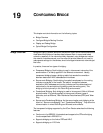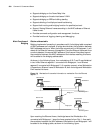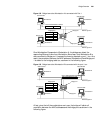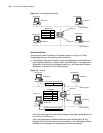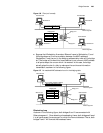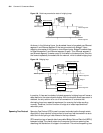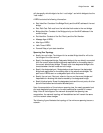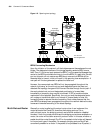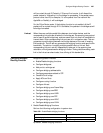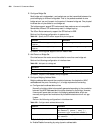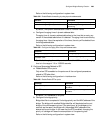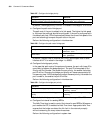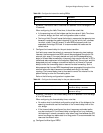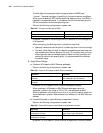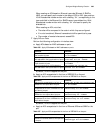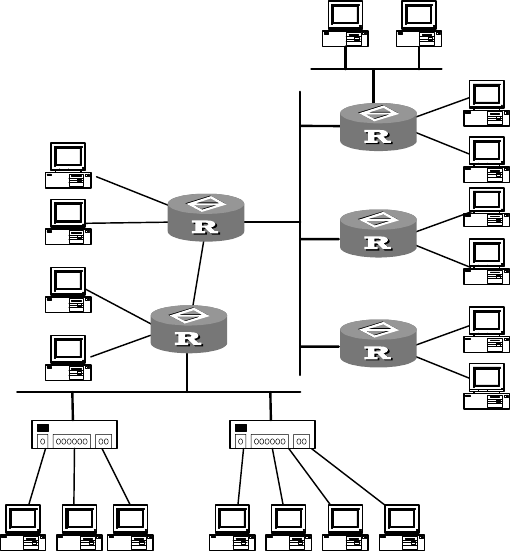
296 CHAPTER 19: CONFIGURING BRIDGE
Figure 110 Spanning tree topology
BPDU Forwarding Mechanism
Upon the initiation of the network, all the bridges assume themselves as the root
bridge. The designated interface of the bridge regularly sends its BPDU once a
Hello Time. If it is the root port receives the BPDU, it will increase the Message Age
carried in the BPDU and enable the timer to time this BPDU. If a path fails, the root
port on this path will not receive new BPDUs any more and old BPDUs will be
discarded due to timeout, which will result in the spanning tree recompilation. A
new path will thus be generated to replace the failed one.
However, the recomputed new BPDU will not be propagated throughout the
network right away, so the old root port and designated ports that have not
detected the topology changes will still forward the data through the old path. If
the newly elected root port and designated ports begin to forward data
immediately, a temporary loop may be introduced. In STP, a transitional state
mechanism is thus adopted. Specifically, the root port and the designated ports
will undergo a transitional state for an interval of forward delay to enter the
forwarding state to resume the data forwarding. Such a delay ensures that the
new BPDU has already been propagated throughout the network before the data
frames are forwarded according to the latest topology.
Multi-Protocol Router Generally, a router is called multi-protocol router when it can implement the
routed protocols like IP and IPX, as well as the bridging protocol. For a
multi-protocol router, the bridging protocol can be either enabled or disabled.
However, if both the routed protocols and the bridging protocols are enabled on a
router, the router will be taken as a multi-protocol router. In this case, whether a
packet should be routed through IP or IPX or forwarded via the bridge will depend
on the protocol type of the packet. For example, bridging protocol and IP are
concurrently enabled on a router. If the packet to be processed is an IP packet, it
Bridge 1
Bridge 2
Bridge 4
Bridge 3
Bridge 5
Hub Hub
DP
DP
DP
RP
DP
RP
RP
RP
DP
DP
DP
DP
DP
DP
DP
DP
DP
RP = Root Port
DP= Designated Port
Designated
Bridge
Designated
Bridge
Designated
Bridge
Designated
Bridge
Root Bridge/
Designed Bridge
DP




